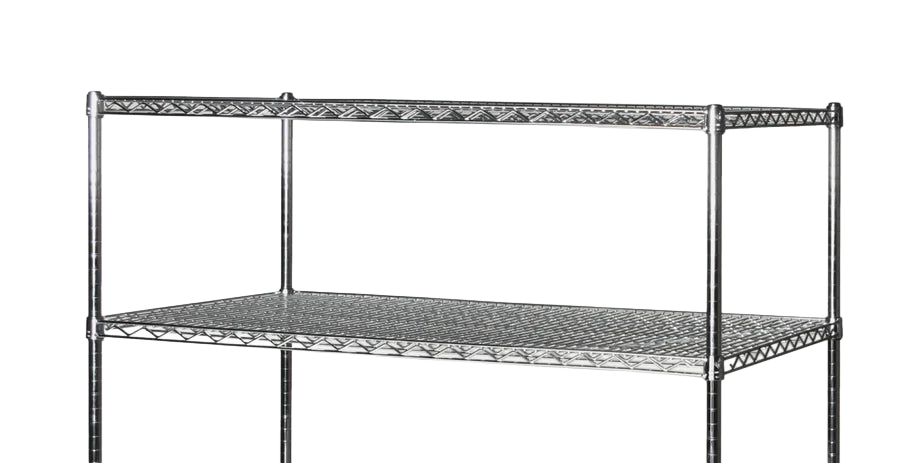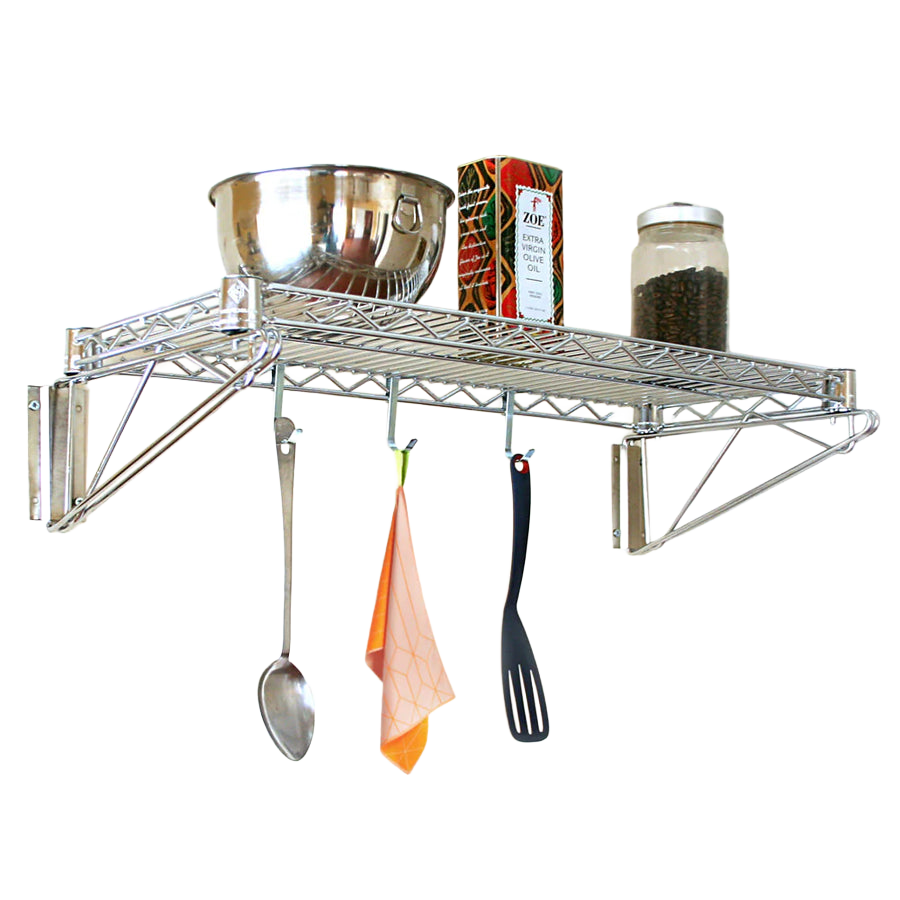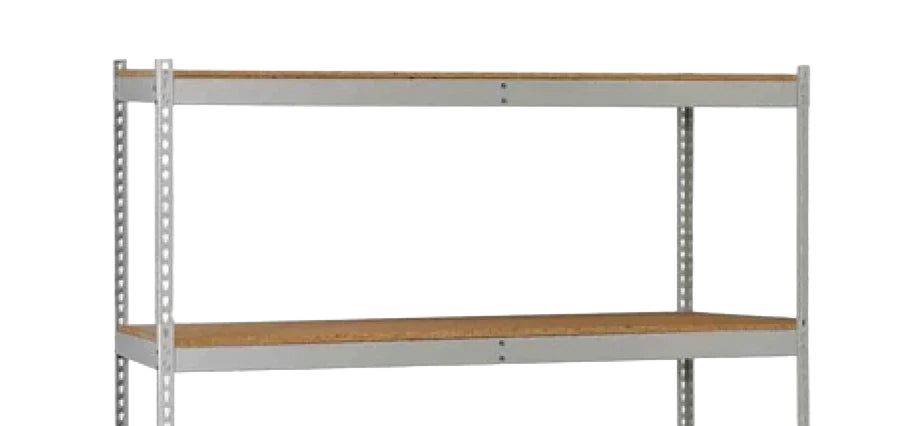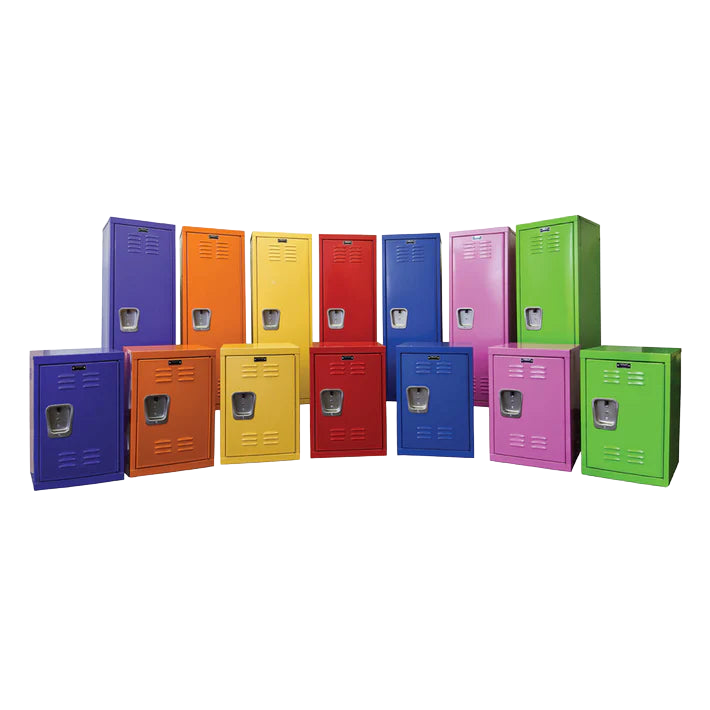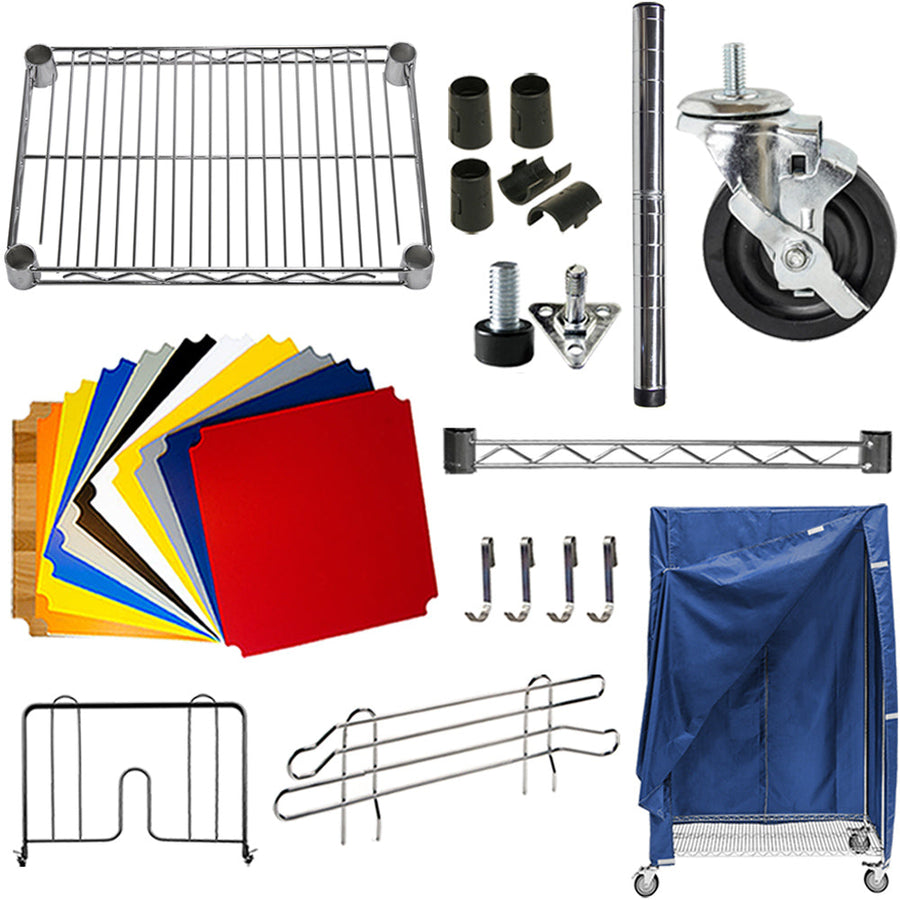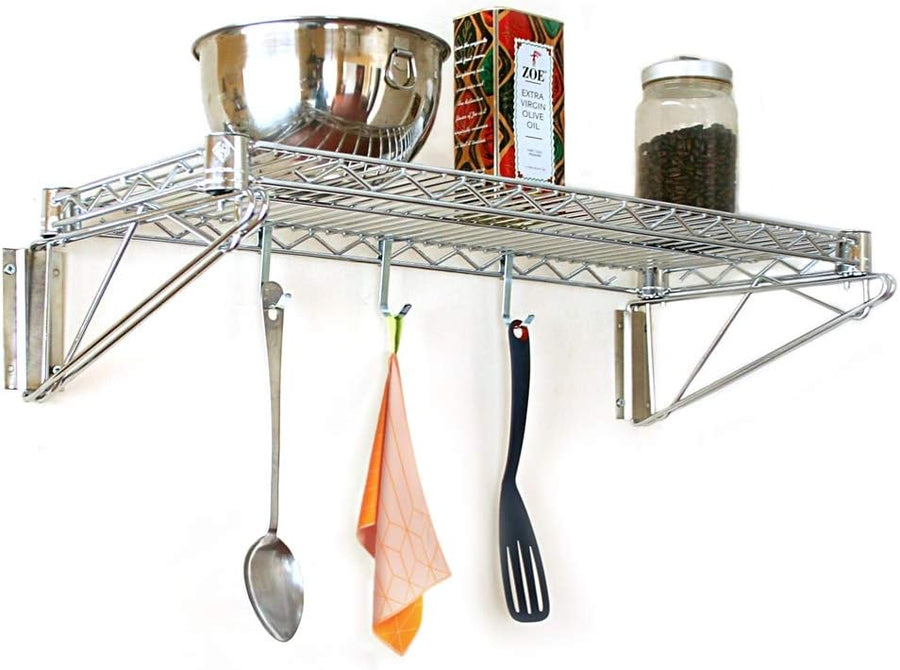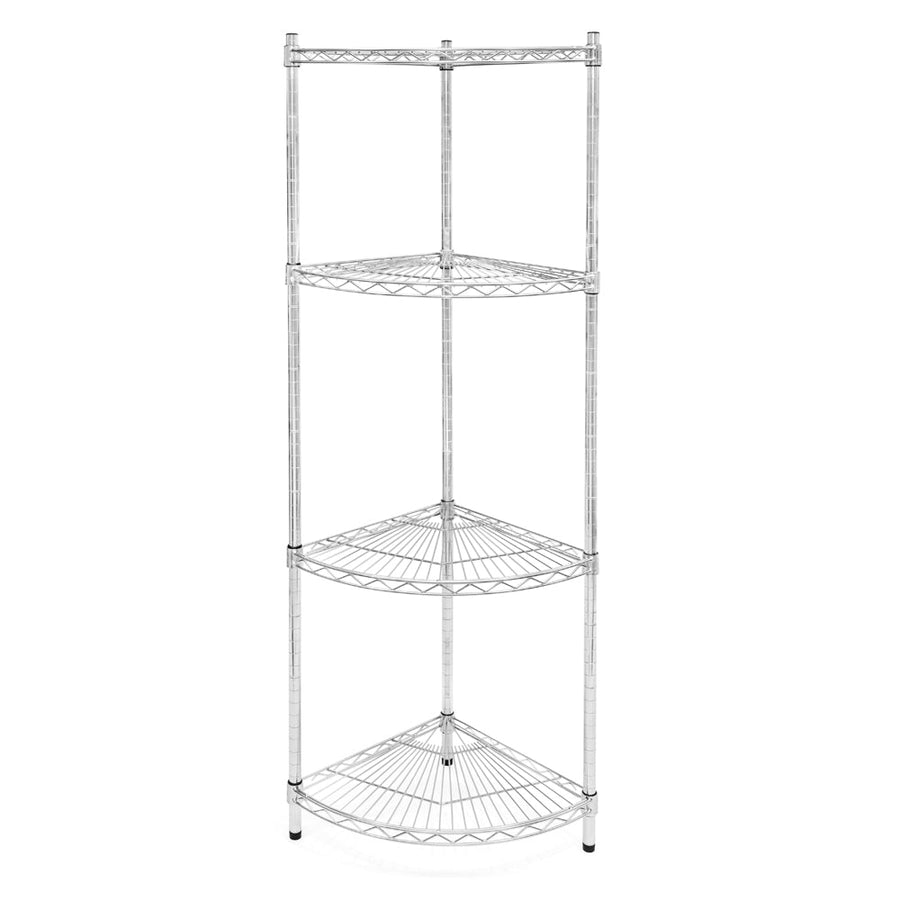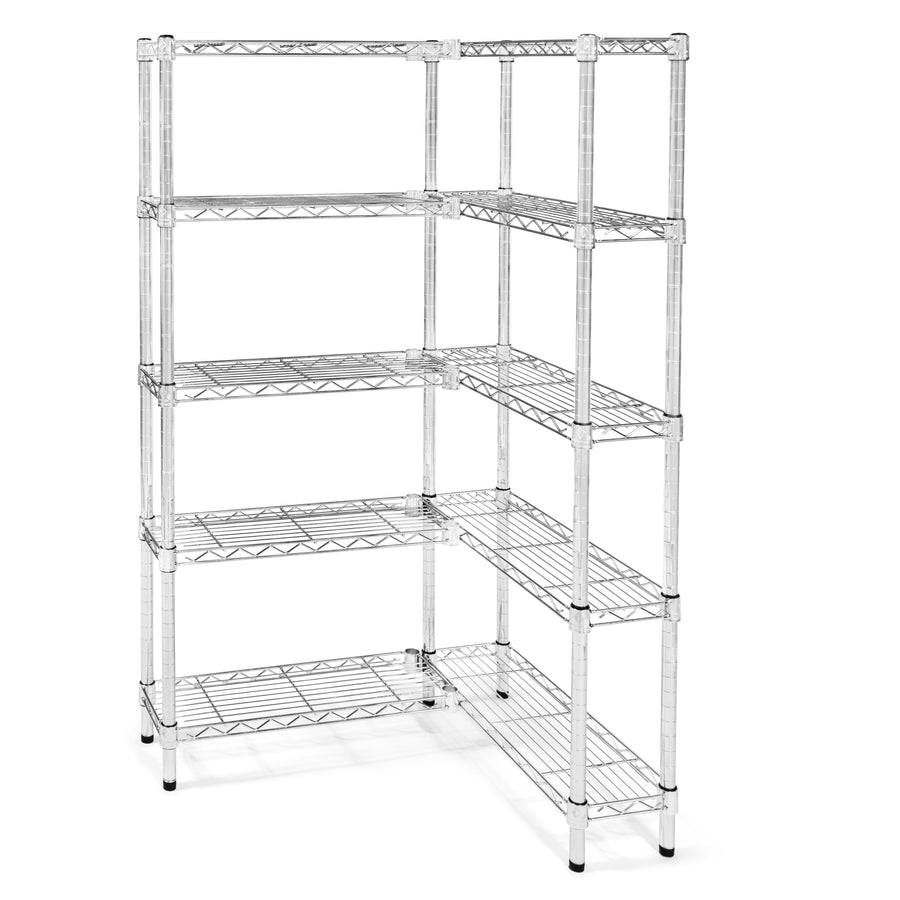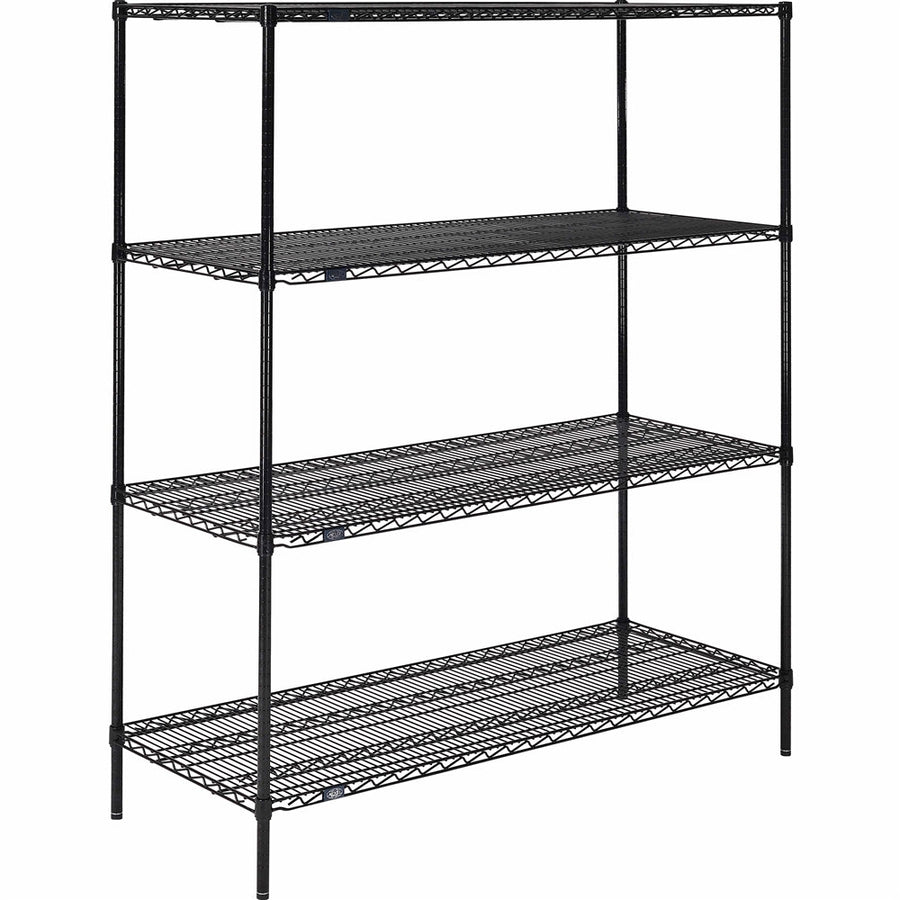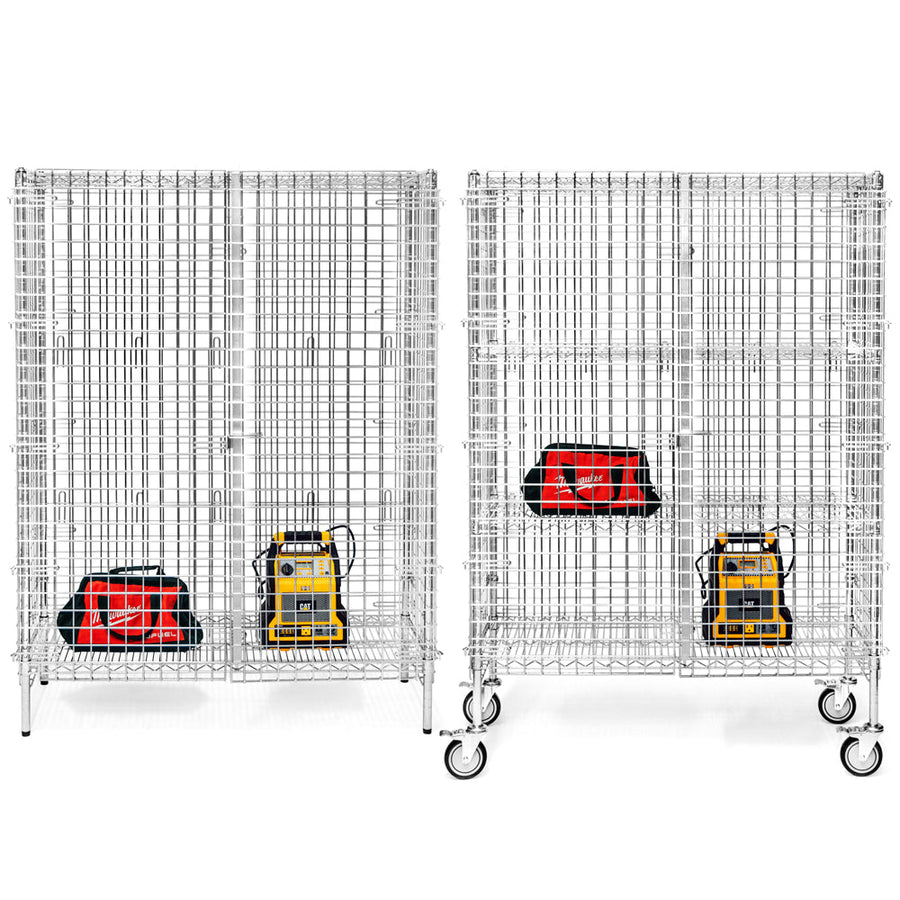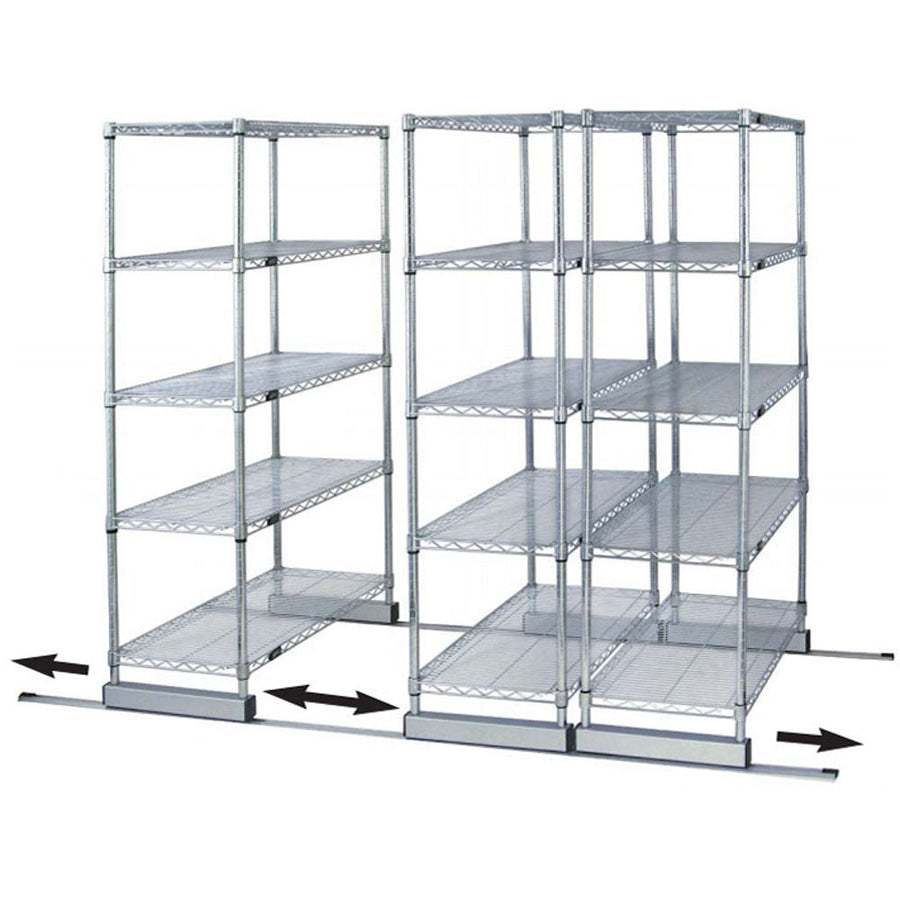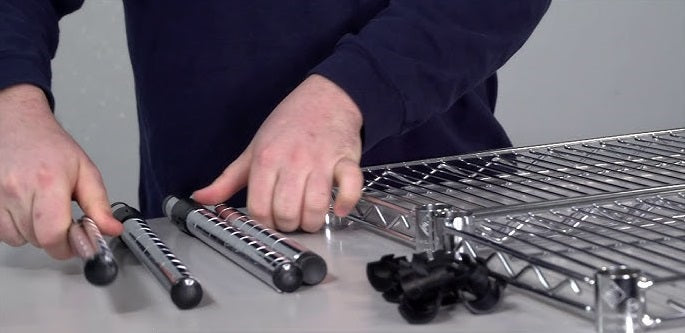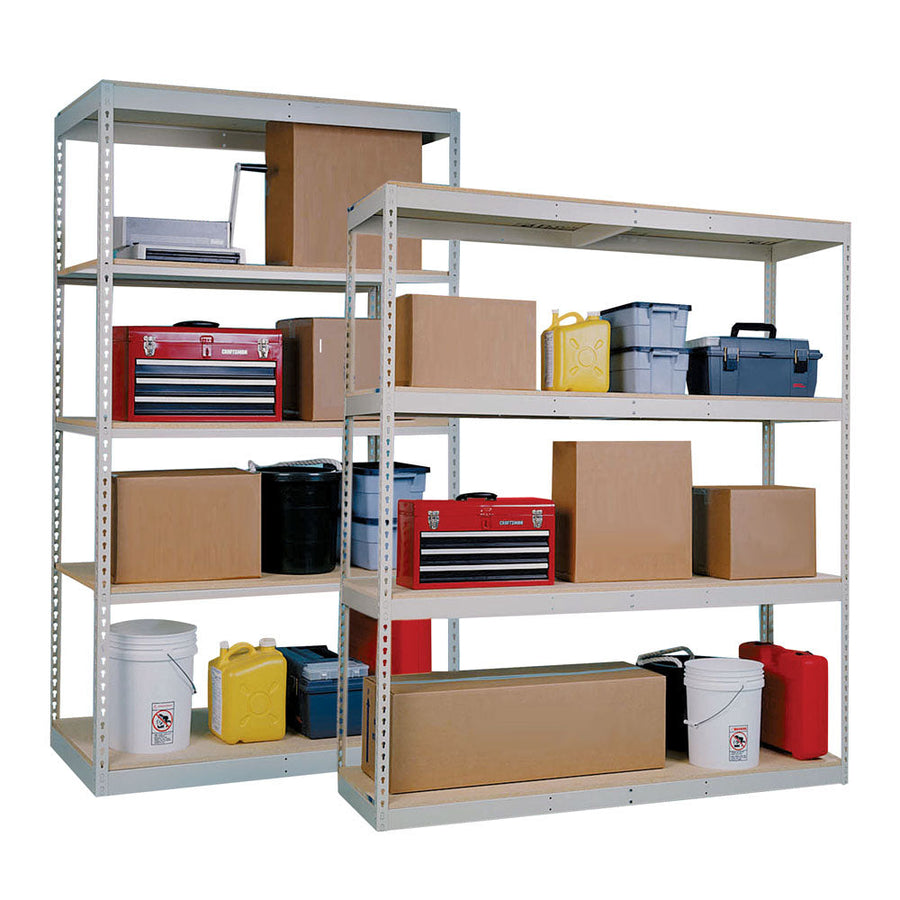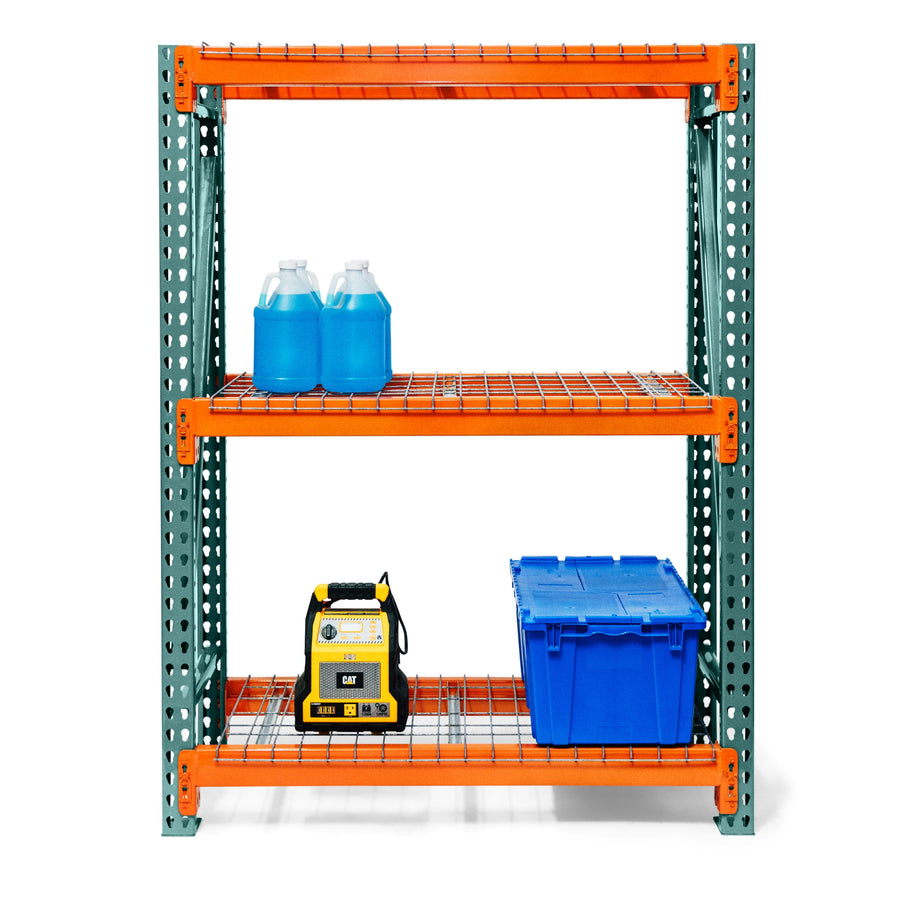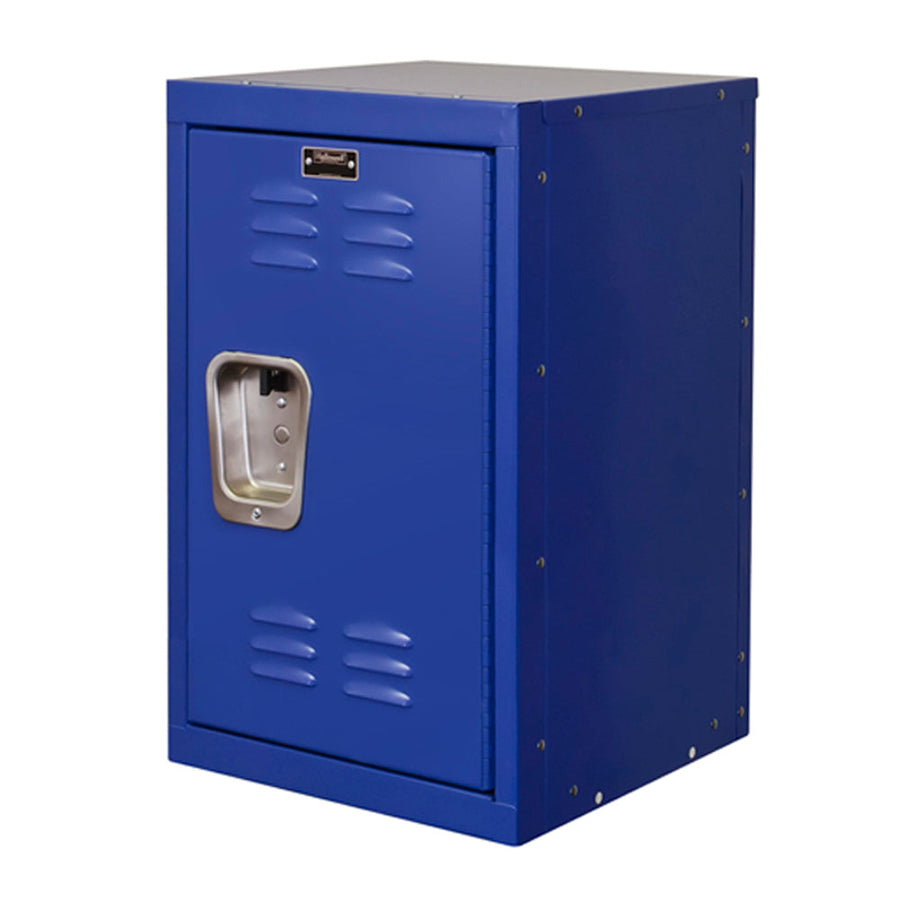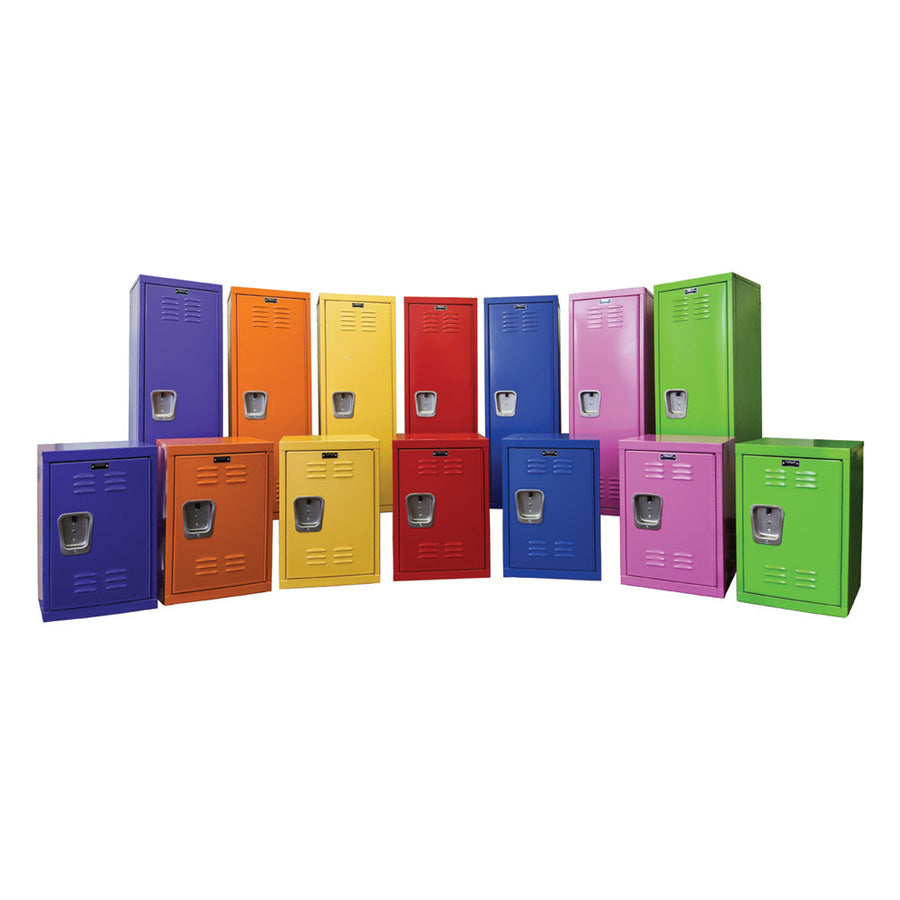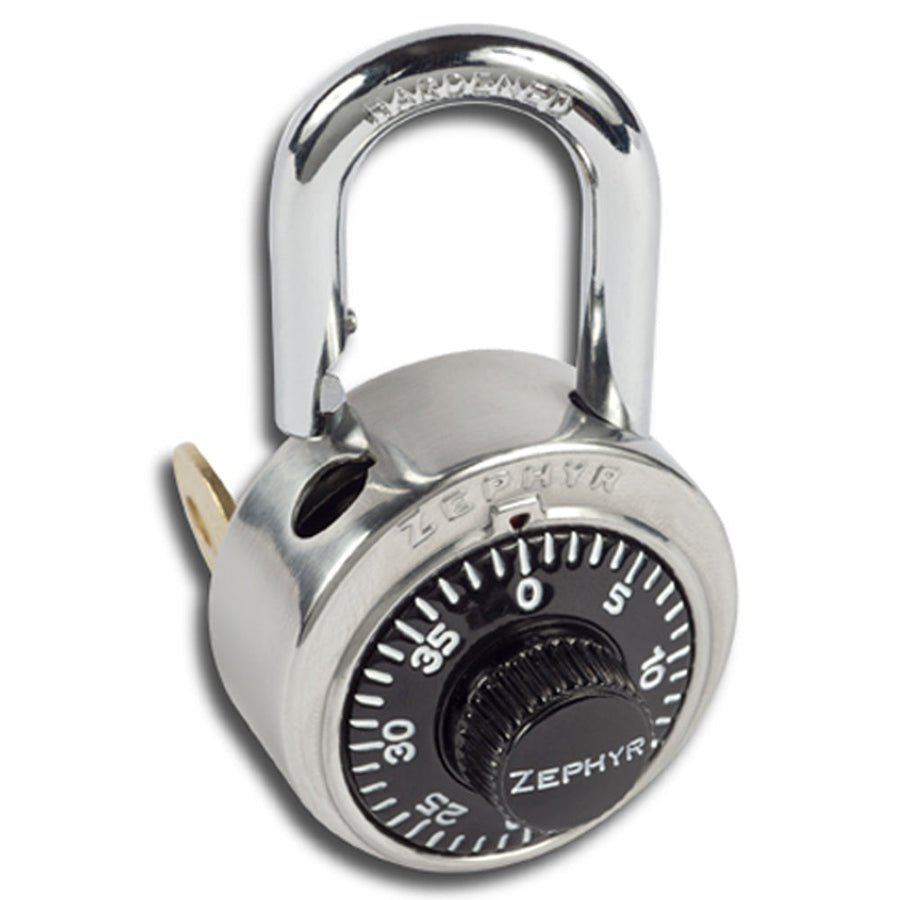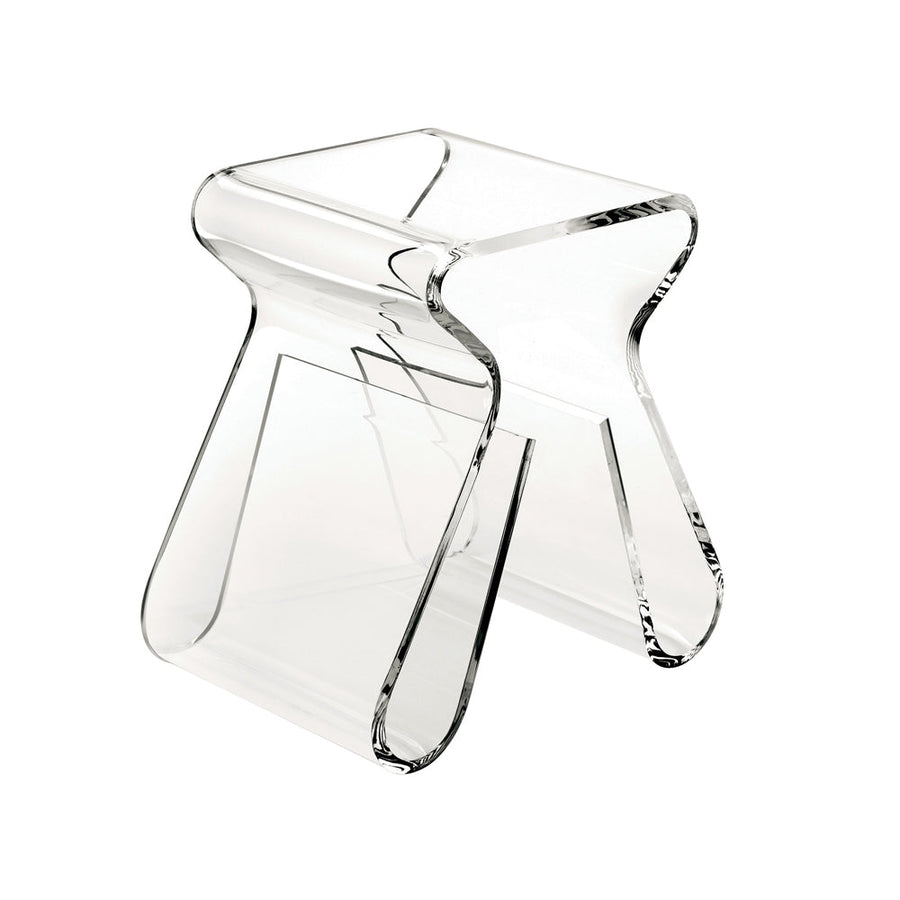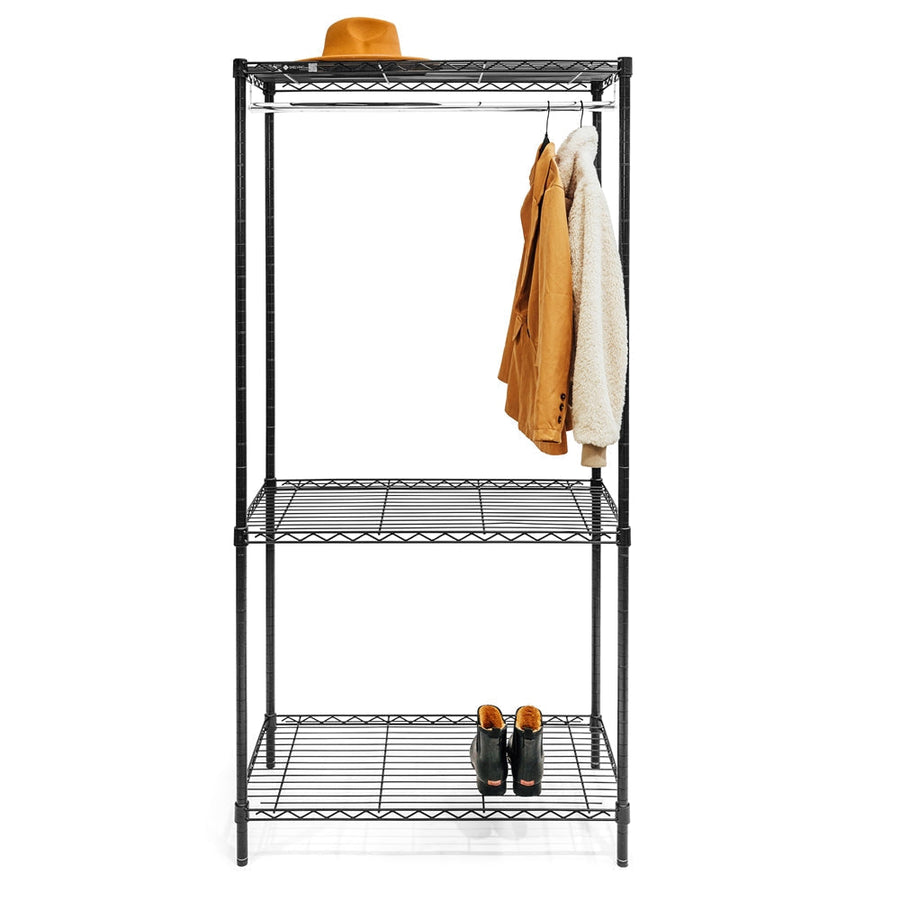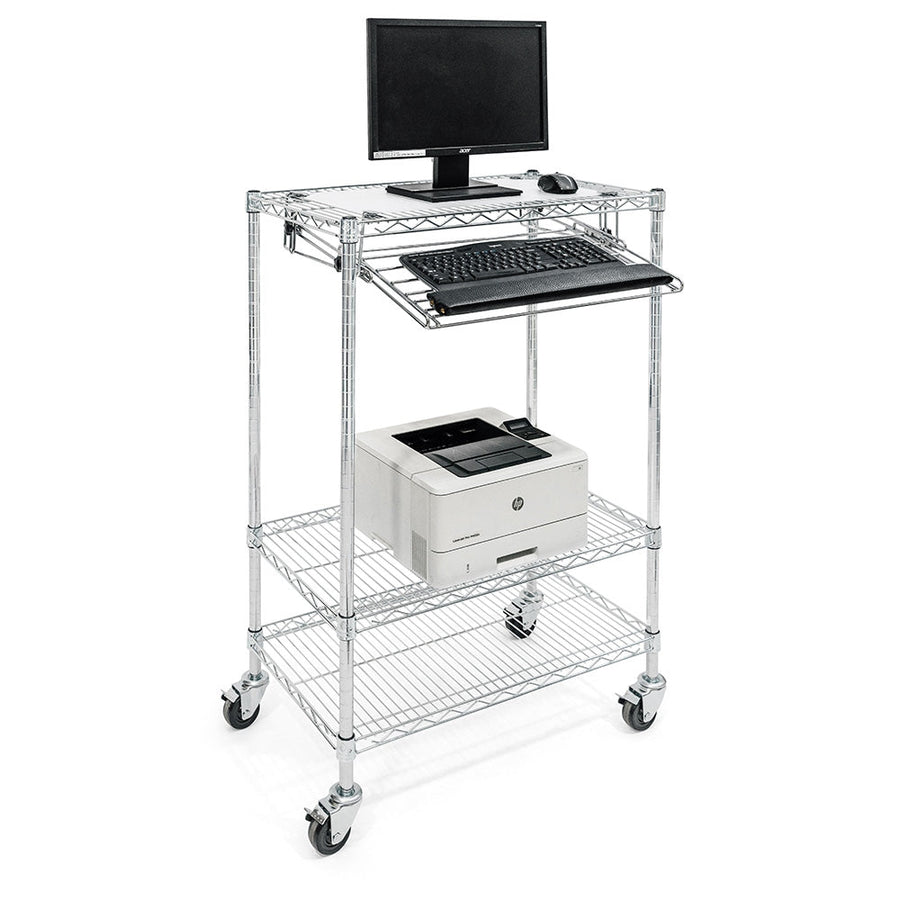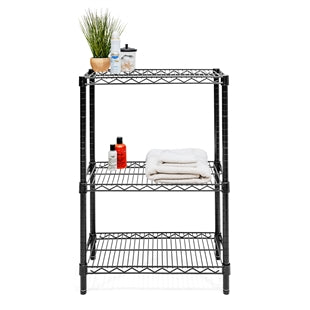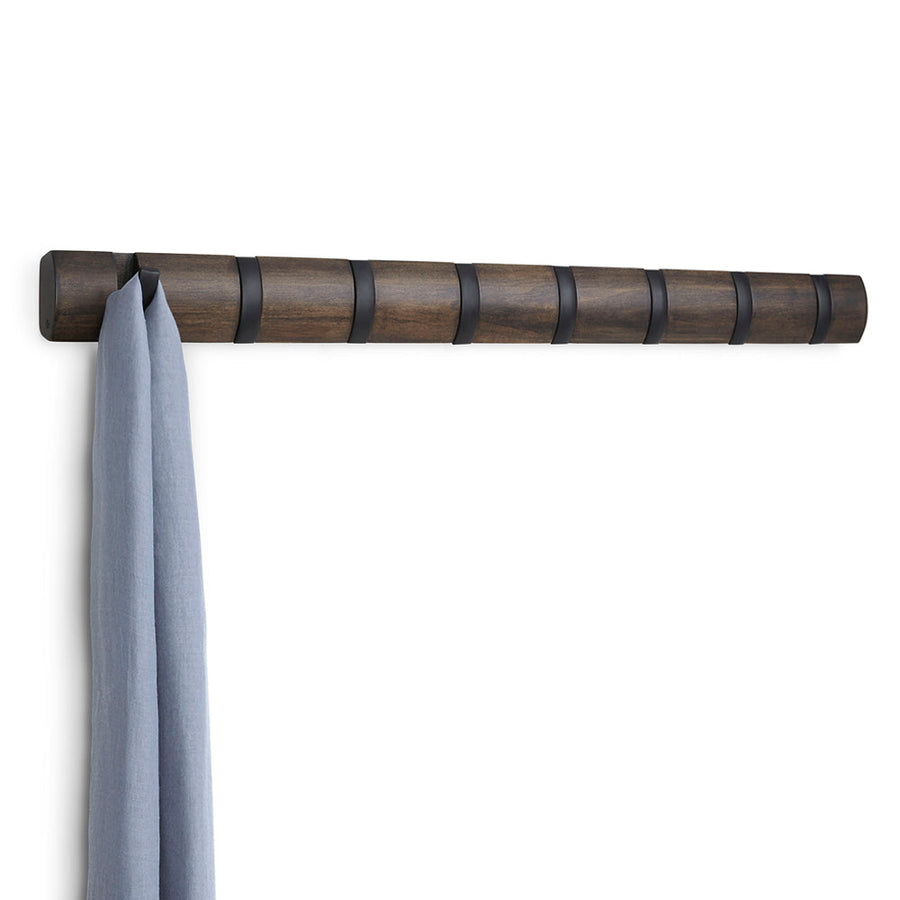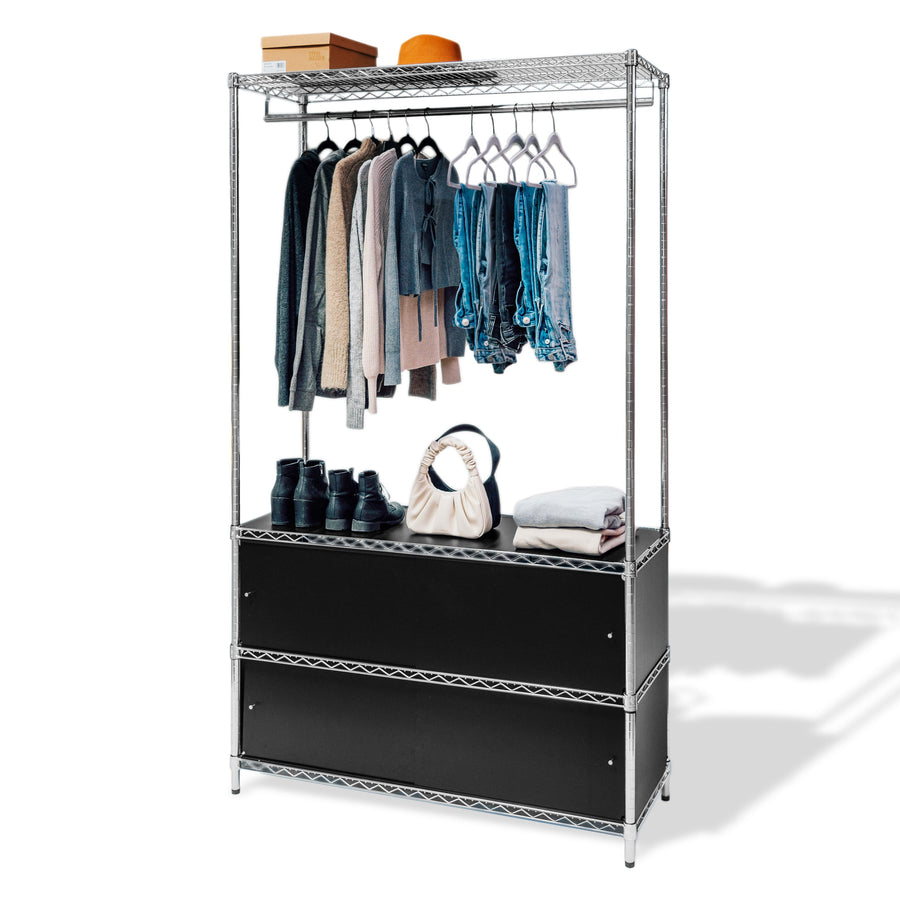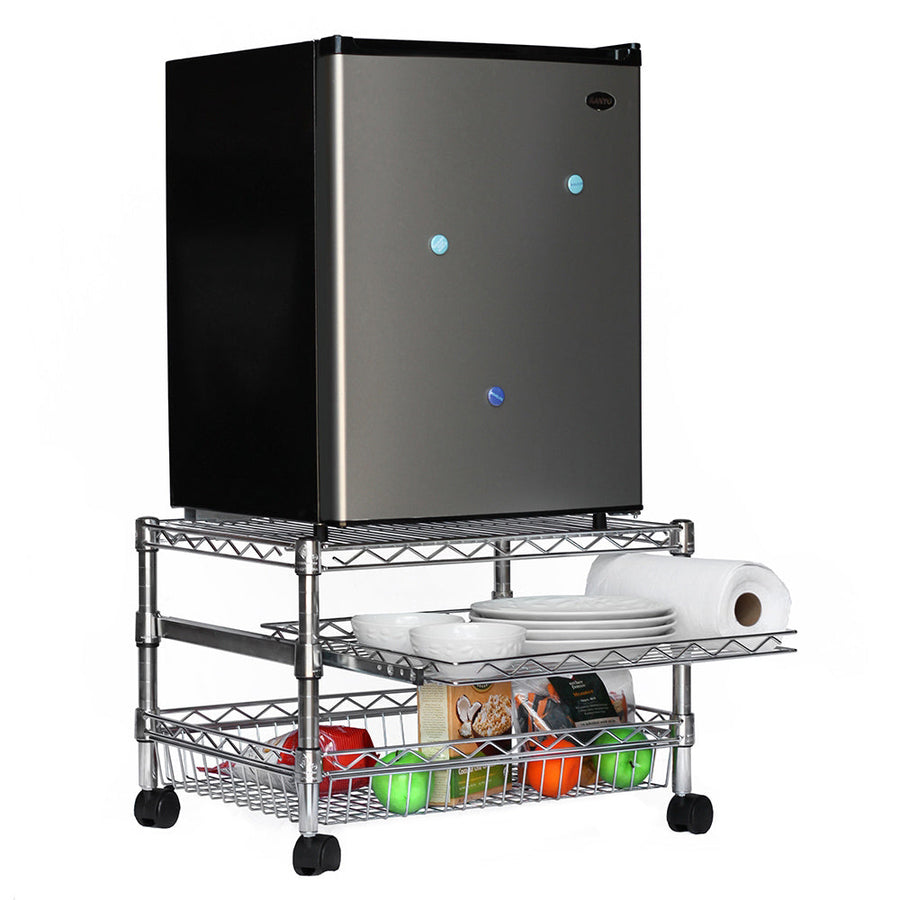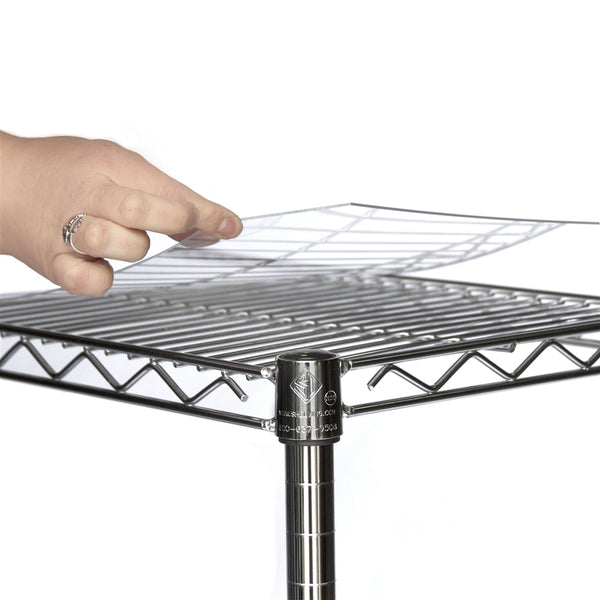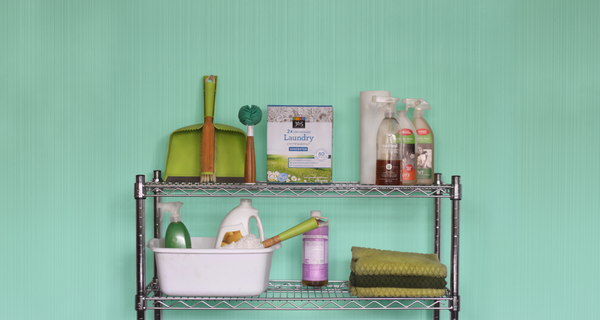How the right storage system supports independence, ease and dignity
When physical mobility, reach or dexterity are limited, thoughtful storage design becomes especially meaningful. At The Shelving Store, our wire shelving systems are designed to be flexible, visible, mobile and customizable — making them a smart choice for anyone living with physical disabilities or accessibility needs.
Why wire shelving is particularly suited to accessibility
Here are a few of the key features of our wire shelving and how they intersect with accessibility benefits:
-
Various heights and sizes – Because our shelving can be built to match exactly the available space (even down to the inch), you can place shelves at reachable heights for seated users or those with limited reach. For example, a 12″ deep × 12″ wide unit that goes up to 96″ tall gives you flexibility in tight spaces.
-
Depths from 8″ up to 36″ – A variety of shelf depths means the shelving can be tailored to the user’s needs: shallow depths for easy access from a wheelchair or seated position, deeper if needed for larger items.
Lengths from 12″ to 72″ – Wide widths allow customizing the shelving layout across a wall or corner, while narrower widths help keep items within an accessible range.
-
Open-wire design – Because the shelving is wire (not solid shelving), items are visible at a glance and dust build-up is minimized, which reduces effort for cleaning or maintenance.
-
Add casters / mobile option – Mobility is a huge accessibility plus: being able to roll shelving aside, bring it closer or move it to a more convenient location gives much more flexibility than a fixed wall-unit.
Concrete examples of how this helps
Here are a few scenarios illustrating how wire shelving from The Shelving Store can make life easier for someone with physical disabilities:
Example 1: Kitchen or pantry where someone uses a wheelchair
A shelving unit with a moderate depth (say 12″ or 14″) can be installed under a counter or along a wall at a height reachable from a seated position. Because the wire design lets the user see what’s stored and grab items easily (no opaque cabinet doors to struggle with), this improves independence.

For instance: the 14″ deep wire shelving with 2 shelves can serve as a low accessible pantry shelf. Adding casters means the unit can be pulled forward or repositioned for cleaning, easier access or to adapt as mobility needs change.
Example 2: Laundry or utility room for someone with limited reach
Install a narrow width unit (for example 12″ wide) but deeper (e.g., 18″ or 24″) and set the lower shelf at about 30-36″ from the floor (a typical seated reach). The open wire design means you can see detergent, cleaning supplies, baskets, etc without bending or turning deeply. Items can be grouped, colored or labeled for faster recognition.
For example: the 12d x 12w 5-shelf unit gives flexibility to choose height and adjust shelves in 1″ increments. You could also allocate one shelf for a removable basket or tote so that the user can slide the basket out, place it on a lap or table, pick up what they need and slide it back.
Example 3: Mobile storage for assistive devices or medical supplies
For someone who uses a walker, wheelchair or crutches and has frequent need for access to assistive equipment, a shelving unit on casters becomes a “go-to” mobile supply station.
For example: Set the shelves at reachable heights (maybe 24-48″ from the floor), organize commonly used items (medication trays, backup batteries, mobility aids) in visible containers, and roll the unit to the user when they need it.
Tips for setting up an accessible shelving solution
Here are some practical tips to make the most of this shelving for physical-disability friendly storage:
-
Measure the user’s seated reach height (for someone in a wheelchair, measure from the seat to their hand height when reaching forward). Then set your lower shelf around that height or just below for the most frequently used items.
-
Choose a depth shallow enough that items are within reach without leaning or overreaching. For example, 8″-18″ depth might work for many users.
-
Leave clear space in front of the shelving (especially for wheelchair access). If mobile, ensure casters can lock securely and the unit is stable when positioned.
-
Use containers or bins on the shelves that are easy to slide forward (so the user doesn’t need to reach up or deep into the shelf) and label them clearly.
-
Consider contrasting colors or high-visibility labels for users with limited vision or dexterity.
-
Place heavier or frequently used items on lower shelves (reducing need to lift up or down).
-
Explore adding casters if mobility is needed — but ensure the casters have locks so the shelving doesn’t roll inadvertently.
-
If installation involves posts up to 96″ tall, ensure stability and consider wall-anchor or tethering if needed, especially for mobile users.

-
Ensure the floor surface is stable (leveling feet can compensate a bit, but large tilts or slopes may interfere with rolling or stability).
Make it Accessible
Accessibility in the home or workspace isn’t just about adding grab bars or ramps — the everyday environment, including storage systems, plays a huge role in independence and dignity. A well-designed shelving system can reduce strain, increase visibility, and empower users to reach and use their belongings with less assistance.
At The Shelving Store, our wire shelving solutions give you the flexibility to match the unit to the user’s reach, mobility and storage needs — not the other way around. Whether you’re outfitting a pantry, utility room, mobility-aid station or craft space, we can help you create a setup that supports physical ease and peace of mind.

